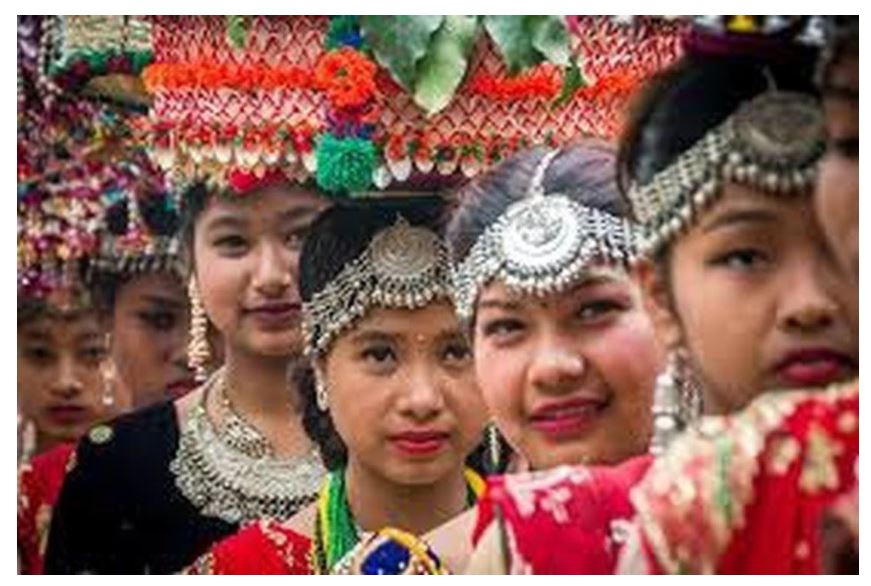Context
- The Uttar Pradesh government has recently embarked upon a scheme to take the unique culture of its ethnic Tharu tribals across the world.
Key Details
- The UP government is working to connect Tharu villages in the districts of Balrampur, Bahraich, Lakhimpur and Pilibhit bordering Nepal, with the homestay scheme of the UP Forest Department.
- The idea is to offer tourists an experience of living in the natural Tharu habitat, in traditional huts made of grass collected mainly from the forests.
- Tharu homeowners will be able to charge tourists directly for the accommodation and home-cooked meals.
- The government expects both domestic and international tourists to avail of the opportunity to obtain a taste of the special Tharu culture by staying with them, observing their lifestyle, food habits, and attire.
Back to Basics
Tharu Tribals
- The community belongs to the Terai lowlands, amid the Shivaliks of lower Himalayas. Most of them are forest dwellers and some practised agriculture.
- The word Tharu is believed to be derived from their, meaning followers of Theravada Buddhism.
- The Tharus live in both India and Nepal. In the Indian Terai, they live mostly in Uttarakhand, Uttar Pradesh, and Bihar.

- According to the 2011 census, the Scheduled Tribe population in Uttar Pradesh was more than 11 lakh; this number is estimated to have crossed 20 lakh now.
- The biggest chunk of this tribal population is made up of Tharus.
- Members of the tribe survive on wheat, corn and vegetables are grown close to their homes. A majority still lives off the forest.
Tharu language, food, and culture?
- They speak various dialects of Tharu, a language of the Indo-Aryan subgroup, and variants of Hindi, Urdu, and Awadhi.
- In central Nepal, they speak a variant of Bhojpuri, while in eastern Nepal, they speak a variant of Maithili.
- Tharus worship Lord Shiva as Mahadev, and call their supreme being “Narayan”, who they believe is the provider of sunshine, rain, and harvests.
- Tharu women have stronger property rights than is allowed to women in mainstream North Indian Hindu custom.
- Most Tharu tribals consume alcoholic beverages, and some eat beef.
- Standard items on the Tharu plate are bagiya or dhikri – which is a steamed dish of rice flour that is eaten with chutney or curry – and ghonghi, an edible snail that is cooked in a curry made of coriander, chili, garlic, and onion.
Source: IE
For Tribes in News: Click Here
